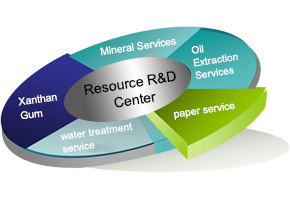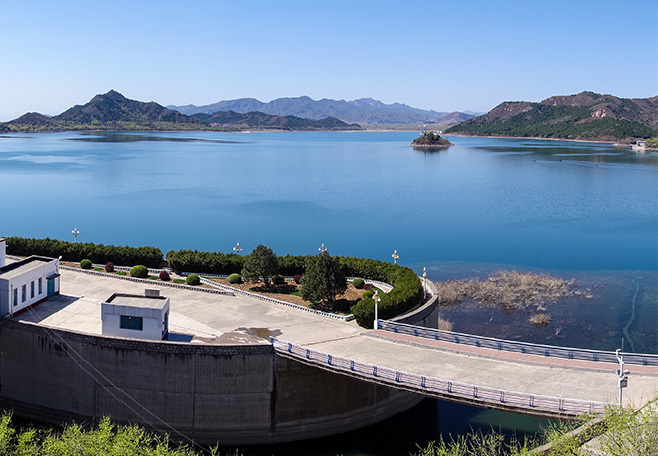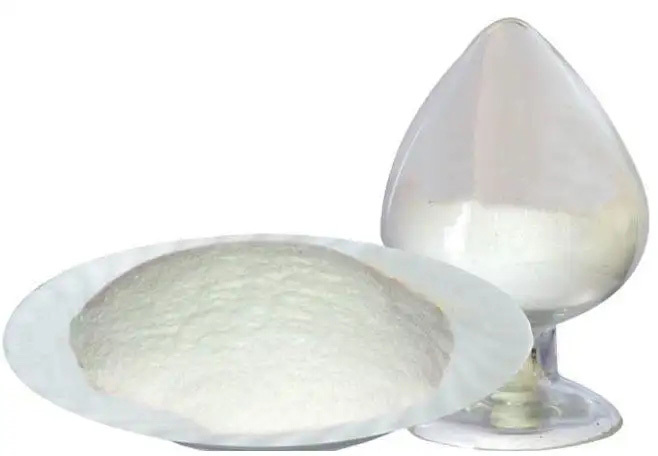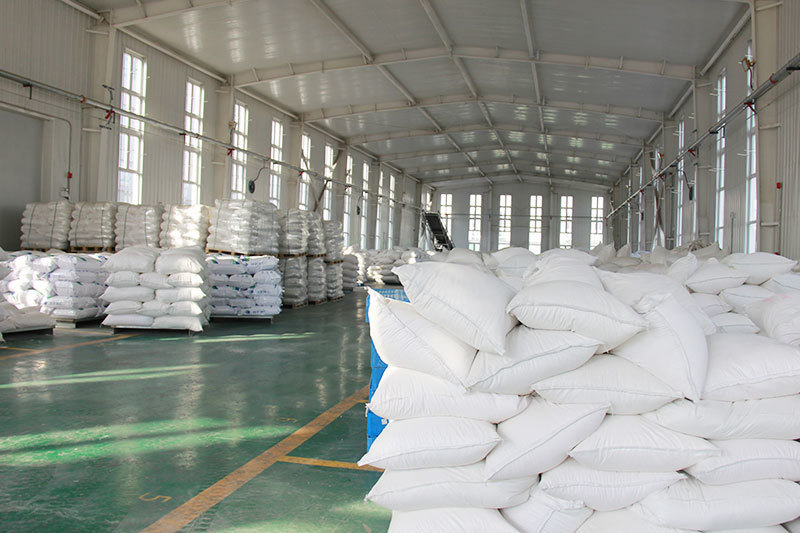Polyacrylamide: The Unsung Hero of Modern Industries
Release Time:
Jul 01,2025
Discover the versatile applications of Polyacrylamide, a key player in various industries.
What in the World is Polyacrylamide?
Oh boy, if you’ve never heard of Polyacrylamide, you’re in for a treat! This nifty little compound is not just a mouthful; it’s a game changer across multiple industries. So, what is it? Well, Polyacrylamide (let's just call it PAM for short) is a synthetic polymer that’s super useful in a variety of applications, from water treatment to agriculture.
The Science Behind the Magic
Now, you might be wondering how a simple polymer can pack such a punch. Polyacrylamide is created by polymerizing acrylamide, a compound that is both versatile and functional. This polymer exhibits an amazing ability to absorb water, making it a star player in anything from gels to slurries. It’s like a sponge, but much cooler!
Applications Galore!
Let’s dive into where Polyacrylamide really shines:
- Water Treatment: PAM is often used in wastewater treatment processes. It helps clarify water by binding tiny particles together, allowing them to settle faster. Talk about a clean sweep!
- Agriculture: Farmers are loving Polyacrylamide for its water retention abilities. When mixed into soil, it helps maintain moisture levels, which can be a lifesaver during dry spells. Who knew farming could get this high-tech?
- Cosmetics: Believe it or not, PAM is also found in skincare products. It’s often used to create that smooth, luxurious feel in creams and lotions. Next time you apply that moisturizer, just think of its polymer pal!
- Mining: In the mining industry, Polyacrylamide is used as a flocculant, which helps separate valuable minerals from waste material. It’s like having a secret weapon in the quest for gold!
The Environmental Angle
Now, let’s talk turkey – or rather, let’s talk about the environment. Polyacrylamide is generally considered safe for many applications, especially when it comes to water treatment. But, as with any chemical, it’s essential to use it responsibly. Manufacturers are continuously looking for ways to minimize environmental impact, and many are even developing biodegradable versions of PAM.
Safety First!
While Polyacrylamide is mainly safe, it’s crucial to handle it with care. It’s important to follow guidelines and regulations, particularly in industrial settings. When used correctly, PAM can be a reliable ally; misuse, however, could lead to unwanted outcomes. So, always read the label, folks!
The Future of Polyacrylamide
So, what’s next for Polyacrylamide? Well, the future looks bright! With continued research and innovation, we’re likely to see more applications emerging, particularly in eco-friendly alternatives. As industries shift towards sustainability, PAM could evolve, becoming even more versatile.
In Conclusion
In a nutshell, Polyacrylamide might not be a household name, but it’s certainly a behind-the-scenes hero! From keeping our water clean to aiding farmers in their quest for harvest, PAM is everywhere, making our lives a whole lot easier. So, the next time you hear about Polyacrylamide, remember its many hats and the vital roles it plays!
Key words:
What Else Might You Learn?












